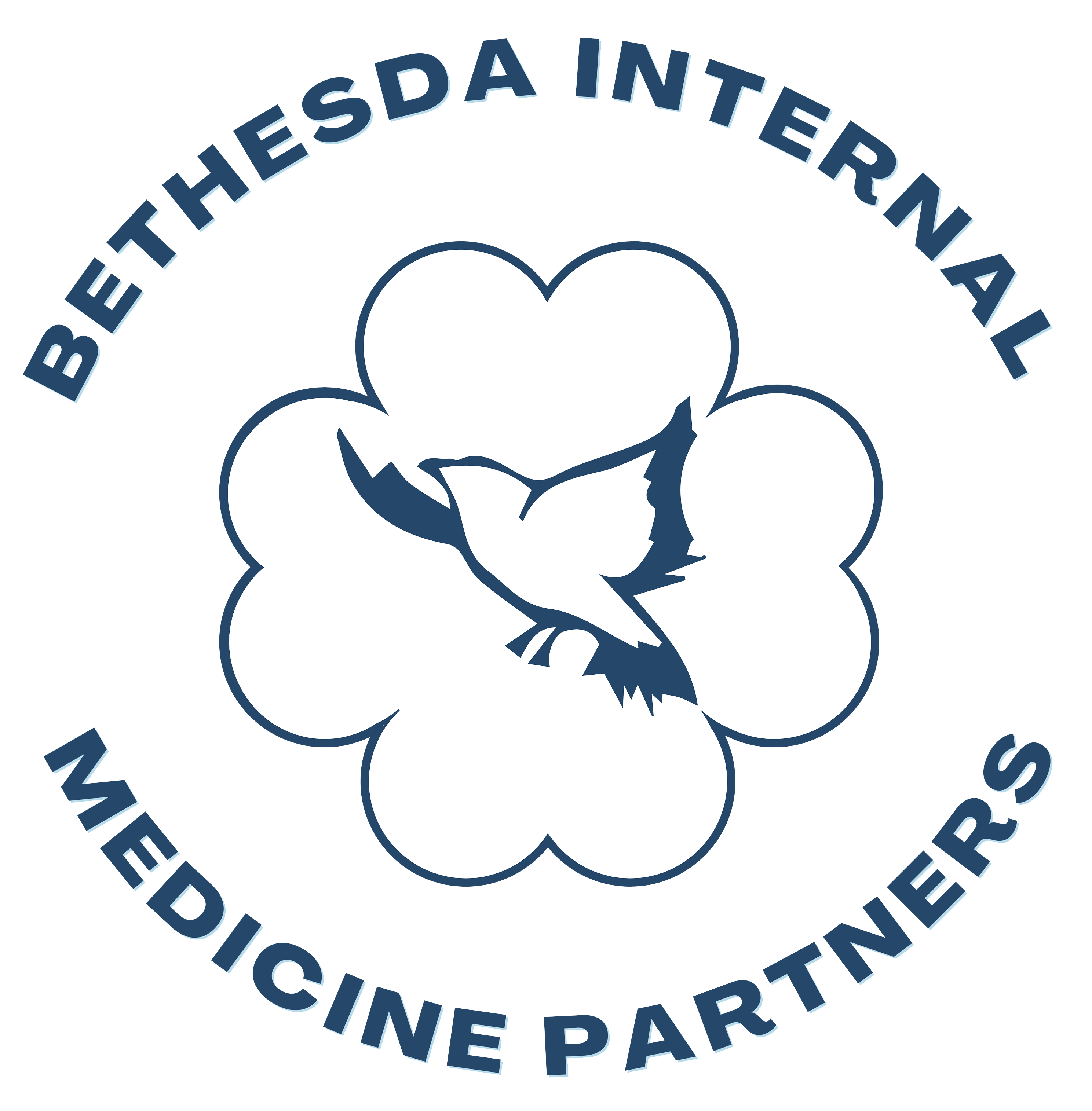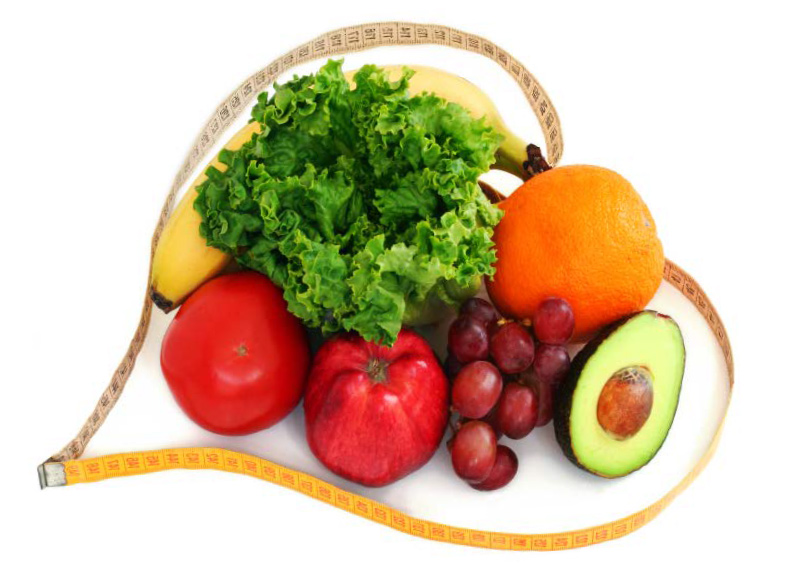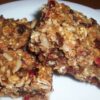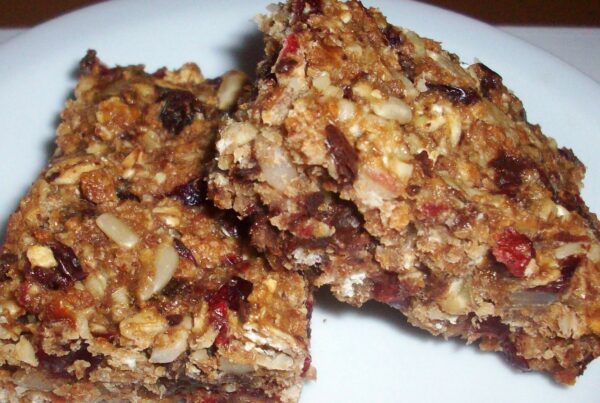Heart disease is the leading cause of death in the DMV area, the leading cause of the death in our country, and the 3rd leading cause of death worldwide. Poor diet quality is strongly associated with elevated risk of coronary artery disease morbidity and mortality. There is growing evidence that indicates this process begins in infancy and is of maternal-fetal nutritional origins.
What does a heart healthy diet look like?
- Low in the “bad” fats
- Adequate amounts of “good” fats
- High in fiber
- Low in sodium
- The right portions to help you maintain a healthy weight
The American Heart Association (AHA) acknowledges that poor diet quality is strongly associated with elevated risk of cardiovascular disease morbidity and mortality.
10 recommendations to promote cardiometabolic health from the AHA’s 2021 Dietary Guidance to Improve Cardiovascular Health:
- adjust energy intake and expenditure to achieve and maintain a healthy body weight;
- eat plenty and a variety of fruits and vegetables;
- choose whole grain foods and products;
- choose healthy sources of protein (mostly plants; regular intake of fish and seafood; low-fat or fat-free dairy products; and if meat or poultry is desired, choose lean cuts and unprocessed forms);
- use liquid plant oils rather than tropical oils and partially hydrogenated fats;
- choose minimally processed foods instead of ultra-processed foods;
- minimize the intake of beverages and foods with added sugars;
- choose and prepare foods with little or no salt;
- if you do not drink alcohol, do not start; if you choose to drink alcohol, limit intake; and
- adhere to this guidance regardless of where food is prepared or consumed.
“Bad Fats”
- Trans fats which increase LDL and lower HDL were banned in 2015 with a deadline to have them out of the food supply by 2018. However, trans fats are found naturally in meat and dairy from cattle, sheep and goats. This is in very small amounts and doesn’t appear to be harmful.
- Saturated fats are solid at room temperature and increase LDL and HDL cholesterol. They can be found in processed foods, beef, lamb, pork, poultry (especially the skin), lard and cream, butter, cheese, ice cream, coconut oil, palm oil, palm kernel oil and some baked and fried foods. The American Heart Association recommends that less than 7% of calories come from saturated fats, and no more than 25-35% of total calories from fat.
Which is better: Butter or Margarine?
Butter has more saturated fat because it is made from animal fat.
Margarine is made from vegetable oil and since the banning of trans fats can be a healthier choice than butter if you choose a brand that does not contain palm oil. There are several brands that don’t have palm oil, they are Miyoko’s vegan butter, wild brine plant-based creamery, I can’t believe it’s not butter it’s vegan, country crock vegan butter and Califia farms plant butter.
“Good Fats”
- Polyunsaturated fats (soybean oil, corn oil, safflower oil, walnuts, flaxseed, sunflower seeds)
- Lower LDL and raise HDL
- Omega 3 and Omega 6
- Monounsaturated fats (olive oil, peanut oil, canola oil, avocado and avocado oil, nuts and seeds, and peanut butter)
- Lower LDL, HDL neutral
Omega-3’s-”Best Fats”
- From fatty or oily fish such as tuna, salmon, mackerel, sardines, herring and trout, as well as walnuts, ground flaxseed and flaxseed oil
- Lowers LDL and increases HDL
- Lowers triglycerides
- Helps reduce inflammation, blood clotting and blood pressure
Sodium
- Too much sodium can increase blood pressure
- AHA recommends no more than 1500-2300 mg sodium a day
- 1 tsp of salt has 2325 mg of sodium
- Often found in fast food, processed foods, canned, snack foods, restaurant foods
- High in salt (and salt type seasonings such as sea salt, garlic salt, onion salt, etc.)
- When looking at nutrition labels, keep in mind:
- Sodium free: <5mg per serving
- Very low sodium: <35mg per serving
- Low sodium: <140mg per serving
Fiber
- Only 7% of adults in the US meet fiber recommendations
- Found naturally in plant foods only
- 25-30 g/day is recommended, currently the average intake in the US is about 10 to 15 g/day
- Types of fiber
- Insoluble (whole wheat, rye, brown rice, vegetables)- great for gut health
- Soluble fiber (apples, bananas, citrus, oats, carrots, barley and beans)-helps lower cholesterol
- As you increase fiber you should increase fluid intake
- What does 25g of fiber look like?
- ½ cup of uncooked whole grains
- 1 cup cooked beans
- 2-3 servings of fruit
- 1 cup of broccoli
- ½ cup of leafy greens (kale, spinach, etc.)
- 1 tbsp flaxseeds
- ¼ cup mixed nuts
What about cholesterol in food?
- Cholesterol is only found in animal products
- For some people too much can increase LDL
- Keep in mind that fat and sugar intake usually affect cholesterol numbers more than dietary cholesterol
- Sugar (from the Cleveland Clinic):
- Diets high in sugar make your liver synthesize more LDL
- A sugary diet lowers your HDL
- Excess sugar profoundly raises triglycerides at the same time it inhibits an enzyme that breaks triglycerides down
Plant sterols and stanols
- Similar structure to cholesterol
- Block absorption of cholesterol
- Found naturally in plant foods in small amounts such as grains, oils, nuts and seeds
- Per the National Lipid Association, foods highest in sterol contents: nuts, whole grains, flax, vegetables, fruits, with the richest being wheat germ and oat bran
- If high risk for heart disease may need fortified foods
- Fortified in some foods such as margarine spreads, juice, yogurt, and granola bars
- 2 g/day can significantly decrease cholesterol levels
What role does inflammation play in heart disease?
- High levels of inflammation are associated with increased chance of heart attack and stroke.
- Buildup of cholesterol and other substances in your arteries can set off inflammatory response
- Sustained low levels of inflammation irritate blood vessels
- Inflammation promotes the growth of plaque, loosen plaque and trigger blood clots
How does exercise decrease cholesterol?
- Helps to eliminate dangerous LDL by increasing HDL
- How much exercise is needed to lower cholesterol?
Aerobic and strength training
- Aim for at least 30 minutes 5-7 days per week
Maintaining a healthy weight
- Losing just 5-10% of body weight can help:
- Improve blood pressure
- Improve cholesterol levels
- Improve blood sugar control
In Summary
- Foods to include in your diet
- Cold water fish (salmon, tuna, trout)
- Flaxseeds and chia seeds
- Oats
- Nuts
- Fruits and vegetables (plants
- Goal is 5-9 a day
- Variety is best
- Foods to limit or avoid
- Stick margarines
- Added sugars
- Refined carbohydrates (white bread, white rice, white pasta, etc.)
- Fried foods
- Highly processed foods
- Fast foods
- Alcohol
Want additional help?
Schedule an appointment to see me
Send me a message through the portal for questions







